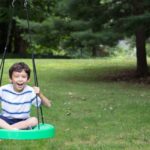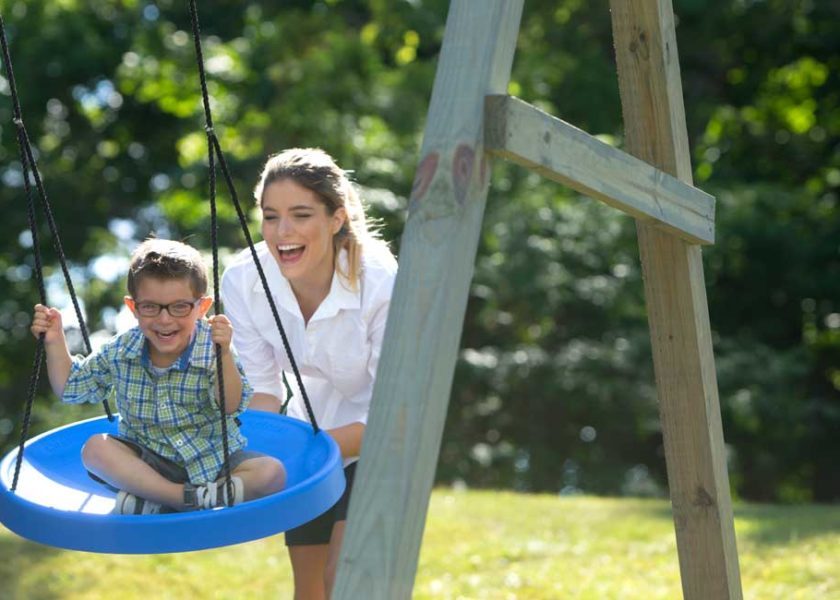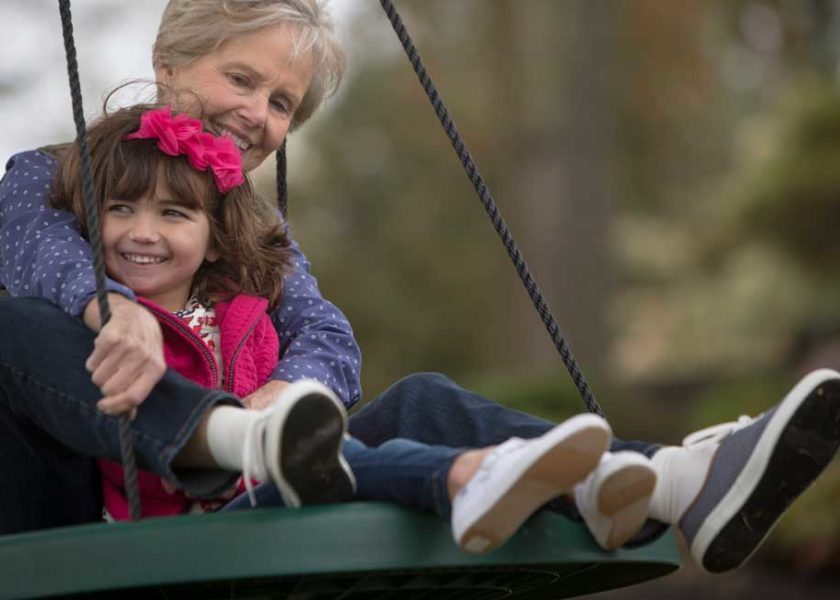10 Essential Toy Safety Tips
Looking for the best toy safety tips? You’re not alone. Toy safety is a prime concern of parents everywhere, and as parents ourselves, we totally understand. As the creators of the Super Spinner, we have considered safety a top concern and priority since day 1, which is why we have worked tirelessly to design our unique swing with the absolute safest materials and construction in mind.
Still, it can be a daunting task to keep our little ones safe, with new toy recalls announced almost every day. The Consumer Product Safety Commission notes that toys can be recalled for many reasons, including choking, toxicity and burn hazards. This guide aims to help make it easy for you to choose the safest toys for your children and to maintain a safe and healthy home.

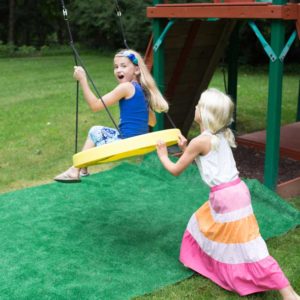
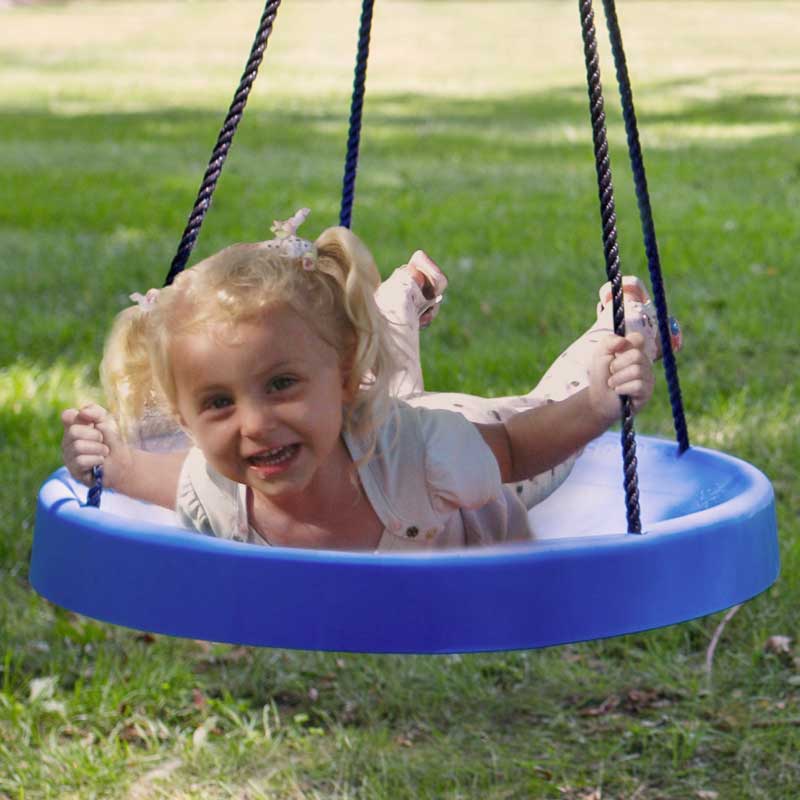
1 – Stay Informed
Every year, the Consumer Product Safety Commission (CPSC) compiles a report and analysis of the most hazardous toys. The most recent report was authorized on October 14, 2015, with compiled statistics from 2012, 2013, and 2014. It found that the highest number of injuries resulted from playing with scooters and tricycles in areas specifically intended for motor vehicles. The second most hazardous toy in the report was the balloon or balloon string. The third highest rate of injury was caused by children playing in pools. Trust your parental instincts, read labels, and stay informed of Consumer for Product Safety Commission recalls and warnings. Visit CPSC.gov for complete statistics.
2 – Choose Age-Appropriate Toys
As children learn and grow, their needs and desires for toys continuously change. They constantly need new and changing sources to stimulate them in different ways. When children develop so quickly, it can be difficult to stay abreast of the most pertinent toy safety tips.
Newborns:
Newborns really need only their parents to entertain them. As they grow up, they may want mobiles in their cribs to help soothe them to sleep with lights, music and softly moving objects. When babies are able to grasp with their hands, it is usually best to remove the mobile from the crib so that they are not able to grab it and pull it down onto themselves.
Babies Under One Year:
Babies under one year love visually and audibly stimulating toys that help develop dexterity. Some great suggestions include soft toys without plastic eyes, cloth or cardboard books with rounded edges, larger blocks, ring toys, and anything that does not pose a choking hazard. Remember that during this developmental stage, babies put everything in their mouths. It is their main mode of spacial exploration. Use a toilet paper tube to determine if the toy is too small. If it fits through, it is a choking hazard and is unsafe for your small child.
Give your baby a ball that is small enough for them to grasp and learn to throw, but large enough so that it cannot fit into their mouth or through a toilet paper tube. Watch as they become overjoyed by the new skills they never knew they were capable of! A simple game of toss — and a process as simple as taking turns — will just tickle them pink.
At this stage, avoid toys with strings and toys with small batteries and other small and removable parts.
Toddlers Ages One to Three:
Between the ages of one and three, toddlers will develop many skills that will be integral to their daily lives. Some of these skills include walking, talking and socializing. During this time, kids will want to explore all around the house, so this is a very good time to recheck all of the baby-proofing you may have done before the little one made his or her arrival.
Decorating a clubhouse
At this stage, babies love to put things in containers and to take them out. A simple and safe little bucket of blocks will bring your little one lots of entertainment. Look on lovingly at their sheer delight as they dump out of the little blocks, and take time to teach them to drop them back into the bucket. Sorting and nesting toys are also appropriate, and will help the older toddlers to identify and relate to the world around them.
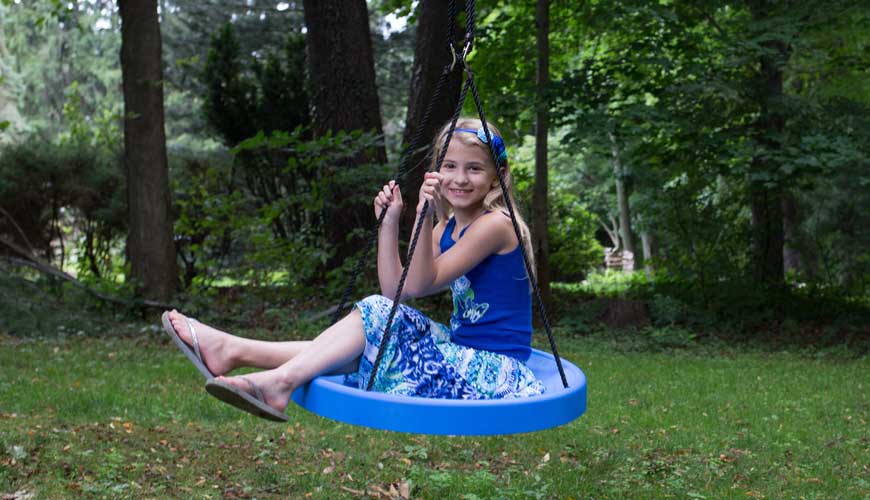
Preschoolers Ages Four and Five:
At this developmental stage, kids start to form a new sense of independence. They go off to school for the first time, they may be interacting with large groups of other children for the first time and are learning new social and developmental skills. At this time of their lives, it is best for parents to introduce habits that will become lifelong practices.
It is best to encourage four- and five-year-olds to incorporate active play and to make healthy lifestyle choices. Perfect toys for four- and five-year-olds include outdoor toys like swings, pails and shovels, books, musical instruments and non-toxic art supplies like modeling clay, paints, and crayons. Encourage them to be creative and make a playhouse from old boxes! You can join in too for a wonderful bonding experience.
According to the CDC, it is necessary for children and adolescents to have 60 minutes or more of physical activity every day. Physical activity is categorized into three types: aerobic activity, muscle-strengthening activity, and bone-strengthening activity.
Swings are a kid-tested, parent-approved way to get lots of physical exertion that adheres to all three categories of activity suggested by the CDC for optimal health. A great option is the Super Spinner. It’s a tire swing alternative that allows kids to spin and swing simultaneously. The Super Spinner takes safety seriously and it’s seriously fun. It is made with BPA-free plastic, uses the highest-quality stainless steel hardware, and utilizes polypropylene ropes that are reinforced with UV protection. The seat is internally reinforced for added safety and support. It is adjustable and can be made height appropriate for kids as young as three years.
3 – Keep A Keen Eye on Safety
- Steer clear of tiny parts that little ones can put in their mouth, including but not limited to beads, batteries and plastic eyes (use the toilet paper tube trick)
- Don’t give kids sharp toys or art supplies (choose rounded tip alternatives)
- BPA-free plastics are your best bet
- Be sure that toys are lead free
- If you have multiple children, big-kid toys are not always the safest choice for littler siblings; and if toys are older, they may be liable to break, creating small pieces from toys once deemed safe.
Be sure to check your children’s toys for signs of wear regularly. Warnings and recalls are helpful, but your supervision and close eye are the first lines of defense to ensure safe and worry-free play.
4 – How To Determine If A Particular Toy Has Been Recalled
The CPSC has a comprehensive website that lists product recalls by category. The site has a search bar that allows you to locate a recall by product, company name, country of origin, and specified time period. It lists recalls and warnings chronologically.
The website also has a toy safety guide containing extensive statistics and even more toy safety tips. View the guide here.
5 – Educate Young Kids on Playing Safe
As soon as your children are old enough, it’s a great idea to instill healthy and safe habits. Teaching your kids to play safe is an important part of their exploration and assertion of independence. As children grow older, you won’t always be present to keep them safe. Give them the tools and knowledge to make their own safe choices that will stay with them for a lifetime.
As soon as kids are able to tell the difference, let them see what is safe and what is not safe to have in their mouths. Most babies explore the whole world with their mouths, so be sure not to give them anything that may be dangerous for them to have in their mouths.
For preschool-age kids, art supplies are a great toy to encourage creativity and expression. They are not so great as teething toys. Encourage your tots by letting them know how grown-up they are to play with these toys. Build trust with them while keeping a close eye out. Make sure that paint and clays are labeled non-toxic in case they try some experimentation against your wishes.
Teaching water safety is incredibly important. A pool with just two inches of water can pose serious safety risks. This safety risk actually extends to toilets, sinks and buckets as well, so it is incredibly important for kids to be able to make safe choices around water.
Kids over four should take swimming lessons. Make sure they have snug-fitting, Coast-Guard approved floatation devices or “life vests”. “Swimmies” and “water wings” are not sufficient devices as they will not keep a child’s head above water. Teach children to always ask permission to be near water.
Teach children to stay away from strangers. This has not changed since we were young. They should never speak to or accept things from strangers. Teach them to go to the nearest adult that they know and trust if a stranger does try to speak with them. As soon as your child is old enough, make sure that they know their address and telephone number.
Be honest and vocal with your children. Don’t scare them, but do teach them the difference between what is safe and what is not.
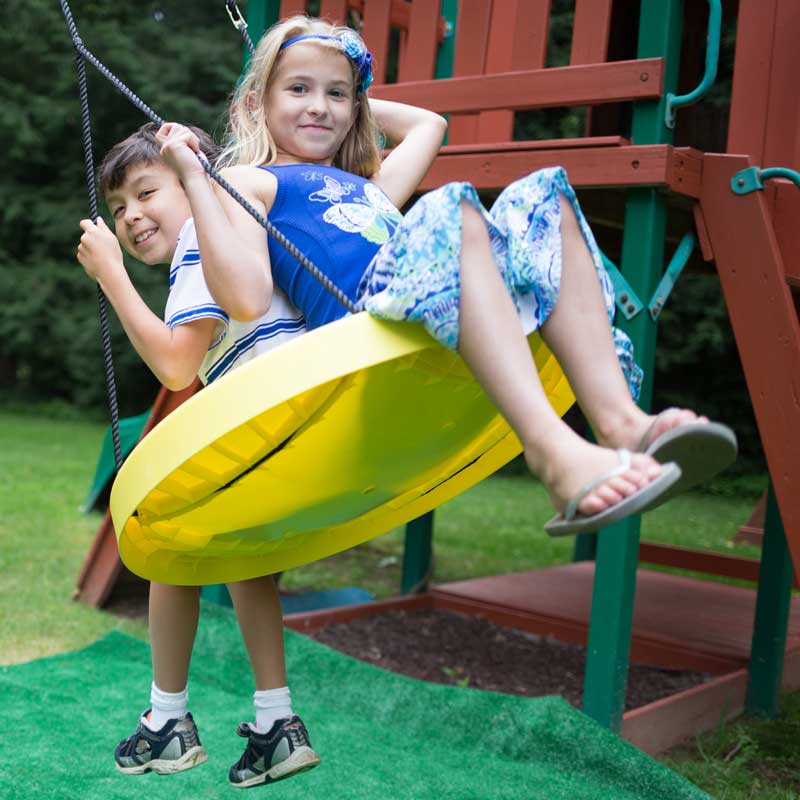
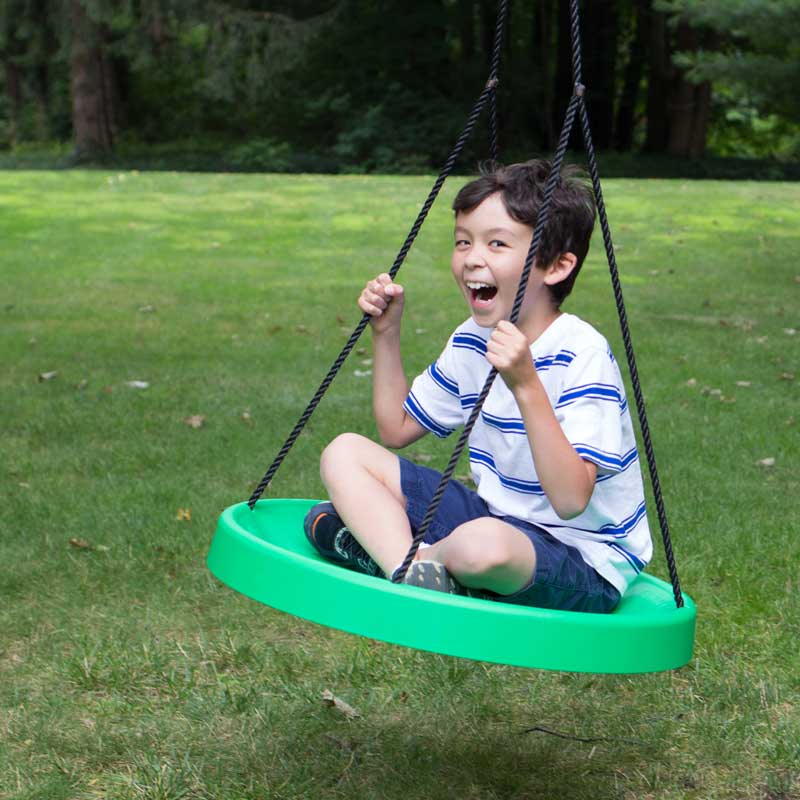
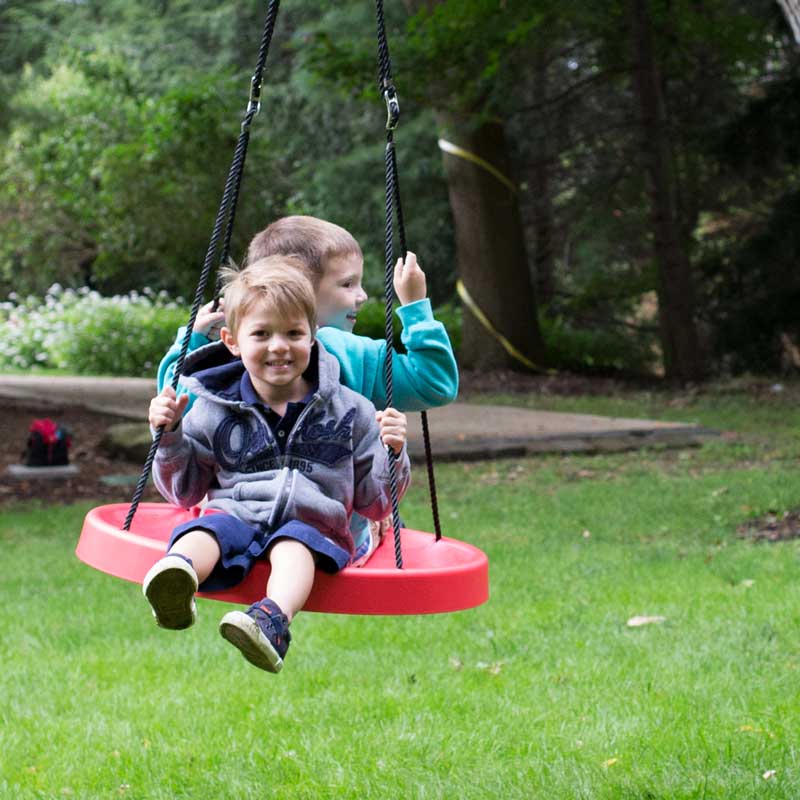
6 – What To Do If Your Child Wants A Toy You Feel Is Unsafe
It is a natural part of childhood to test boundaries. Kids are constantly learning about their surroundings and mastering new abilities. This may try your patience at times, but it is a natural part of their lifelong development.
If your child wants a toy that you feel is unsafe, stand your ground. This is just the beginning of many years of establishing rules in favor of your child’s best interests, so stick to your guns. Well-educated, well-rounded, and respectful children need a strong foundation in order to become their best selves.
Try to eliminate temptations. If your child wants something that you feel is unsafe and it’s similar to something of yours, either do not use that item or at least limit it to when you can be sure that your child is not present.
7 – Set Boundaries
Be consistent. If you say ‘no’ one time, say ‘no’ every time. Your child will learn to respect you if you set boundaries and maintain them. Children need and expect guidance.
Try to distract your child with something positive. Give them something else that is really attention-grabbing but that you feel is wholesome and safe. Put most of your energy towards guiding them towards what you do want for them, rather than what you don’t want for them.
If your child wants a toy that a friend has and you feel that toy is inappropriate, speak to the other parents and ask them to limit their child’s play with that toy to when your little one is not present.
No matter what your child says, remember that you are not the “bad guy” and that parents do know best.
8 – What To Do If Your Child Is Choking On A Small Part
No parent ever wants to witness their child choking, but the hazard is real and it is always best to be prepared. Enroll in a CPR class so that you know exactly what to do in case of an emergency. Children under the age of four are particularly at risk of choking.
Signs of choking include:
- Gasping, inability to breathe
- Inability to talk or cry
- Bluish skin
- Look of panic
What To Do:
If your child can make noise, then encourage them to cough.
If they are unable to make any noise or breathe, call 911 immediately and begin the Heimlich maneuver. Remember that the technique can differ depending on the age of the child. This is why it is extremely important for you to take a CPR class to learn the proper technique.
Do not reach into your child’s mouth to try to fish out the object as this may lodge it farther down the windpipe. If the object is at the front of the mouth and you can remove it, then do so.
9 – Be Proactive
It is always best to be proactive rather than reactive. Make sure that your home is properly baby-proofed to minimize choking hazards. Check your home regularly for small items that babies and small children can get their hands on like coins, broken toys, balloons, grapes and any other small items that could block their small airways.
10 – Use Common Sense
With so many tips, techniques, websites and lists, it might seem impossible to keep your child safe from the threats that are seemingly everywhere. Overall, trust your instincts and don’t become overwhelmed. You are the only one who truly knows that is best for your child. Choose safe toys that will enhance their quality of life, follow these toy safety tips and stay informed about government regulations and safety techniques including the Heimlich maneuver for kids both big and small.
Takeaways:
- Be sure to check out the CPSC.gov website for recalls and warnings
- Enroll in a CPR course
- Baby-proof your home on a regular basis
And if you’re looking for a toy that is fun, safe, and extremely versatile, be sure and check out the Super Spinner. Not only does it meet the most stringent safety standards, but it’s great for growing children, and guaranteed to provide countless hours of enjoyment. Order yours today.

